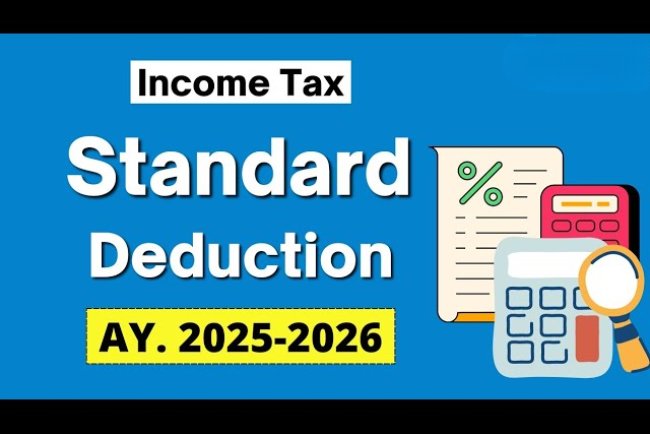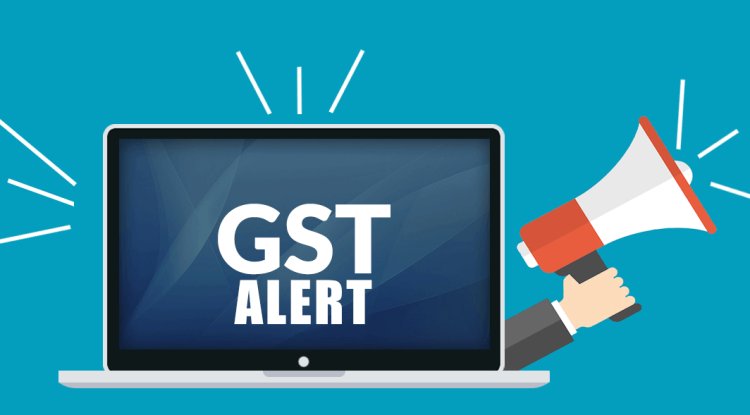Latest GST Rate Changes 2025
The latest GST rate changes 2025 introduced by the GST Council aim to reduce tax burdens, promote digital adoption, and revive key sectors. Essential goods like food and dairy remain exempt or reduced, while GST on smartphones, laptops, and EVs has been lowered to boost affordability. Real estate sees reduced rates on affordable and luxury housing, while education, healthcare, and skill development programs such as Certified Corporate Accounting, SAP FICO (Finance & Controlling), and Taxation (Income Tax & GST) continue to enjoy exemptions. For businesses, compliance has been simplified with single monthly returns, expanded e-invoicing, and automated input tax credit matching. These reforms create opportunities for skilled finance professionals who can manage GST compliance, advisory, and reporting effectively. Overall, the GST updates benefit consumers, businesses, and professionals, while reinforcing the need for continuous upskilling in accounting and taxation.
The Latest GST Rate Changes 2025 mark one of the most significant tax reforms since the Goods and Services Tax was first implemented in India in 2017. With the rollout of GST 2.0 from September 22, 2025, the government has restructured tax slabs, streamlined compliance for small businesses, and provided major relief for consumers by reducing rates on essential goods and health-related services.
In this article, we’ll explore the revised GST structure, its impact on essential items, consumer durables, sin and luxury goods, insurance policies, and sector-specific industries. We’ll also answer some of the most common questions, such as “What VAT slabs are introduced under GST 2.0 from September 22, 2025?” and “Are life and health insurance policies exempt from GST in 2025?”
Essential Goods Relief: Household Items Become Cheaper
One of the biggest highlights of the Latest GST Rate Changes 2025 is the reduction in tax on essential goods. The government has prioritized affordability for daily-use items to reduce the burden on middle-class households.
-
Which household items now attract only 5% GST in India?
Under GST 2.0, several common essentials such as packaged food items, edible oils, soaps, footwear under ₹1,000, and basic kitchen utensils now fall under the 5% GST slab. -
GST nil rate for food staples: Items like milk, paneer, fresh vegetables, fruits, and roti remain exempt from GST, continuing to benefit consumers across all income levels.
By rationalizing tax rates on household products, the government aims to boost consumption and provide immediate relief in daily expenses.
Consumer Goods Updates: Mid-Segment Products See Rationalized Rates
While essentials enjoy relief, consumer durables and mid-segment goods have also been addressed in the new GST framework.
-
What are the new GST rates for cement, automobiles, and appliance categories?
-
Cement: Reduced from 28% to 18% GST, benefiting the construction and housing sector.
-
Automobiles: Small and mid-range cars now fall under the 18% slab, while luxury cars remain taxed at higher rates.
-
Appliances: TVs up to 32 inches, refrigerators, and washing machines are now taxed at 18%, compared to the previous 28% rate.
-
These changes are expected to revive consumer demand, particularly in the real estate and automobile sectors, while making home appliances more affordable for middle-income households.
Sin & Luxury Goods: Higher Taxes for Premium Consumption
To balance the reduction in GST rates on essentials, the government has chosen to keep sin and luxury goods under higher slabs.
-
How much GST is levied on sin and luxury goods after the reform?
Under GST 2.0:-
Tobacco, liquor, and pan masala: Taxed at 40% GST with an additional cess in some states.
-
High-end cars and SUVs: Continue to attract 40% GST, making them premium luxury items.
-
Casinos, betting, and IPL tickets: Taxed at 28–40%, depending on the category.
-
The rationale behind this is twofold: to discourage harmful consumption and generate additional revenue for public welfare programs.
Insurance & Health: Major Relief for Citizens
Healthcare and financial security have received special focus in the Latest GST Rate Changes 2025.
-
Are life and health insurance policies exempt from GST in 2025?
Yes. Life insurance premiums, term insurance, and health insurance policies are completely exempt from GST from September 2025. -
Medicines and healthcare items: Many life-saving drugs and essential medicines now fall under the 5% GST slab, while hospital services continue to remain exempt.
This move is expected to make healthcare and insurance more affordable, thereby increasing coverage among India’s middle class and senior citizens.
Sector-Specific Impacts: Industry-Focused Reforms
The Latest GST Rate Changes 2025 have also addressed specific industries that have been struggling under the earlier tax regime.
-
Renewable Energy: GST on solar panels, wind turbines, and related equipment has been reduced to 5%, encouraging green investments.
-
Construction Materials: Besides cement at 18%, items like tiles, paints, and sanitary ware now fall under 12–18%, making housing projects more cost-effective.
-
E-commerce and small suppliers: Startups and micro sellers benefit from simplified GST compliance, lower filing requirements, and easier registration under GST 2.0.
These changes are aimed at boosting sectors that can drive long-term growth and employment in the economy.
Policy & Compliance: GST 2.0 Simplifies Business Operations
Beyond rate changes, the GST 2.0 framework introduces a new two-tier compliance system that makes life easier for small and medium enterprises.
-
How does GST 2.0 simplify registration and compliance for small businesses?
-
Businesses with annual turnover up to ₹2 crore can now opt for a simplified return scheme with quarterly filings.
-
Registration is fully online with reduced documentation, easing the entry barrier for startups.
-
Automated invoice matching and input tax credit claims reduce disputes and delays.
-
-
When will the GST rate changes come into effect in India?
All new slabs and compliance rules are effective from September 22, 2025, marking the official rollout of GST 2.0.
This reform balances ease of doing business with the government’s revenue requirements, ensuring smoother administration and wider compliance.
What VAT Slabs Are Introduced Under GST 2.0 from September 22, 2025?
One of the most talked-about features of GST 2.0 is the introduction of simplified VAT-like slabs that replace the complex multi-tiered system.
The slabs are as follows:
-
0% (Nil Rate): Milk, paneer, bread, fruits, and vegetables.
-
5%: Packaged food items, household essentials, medicines.
-
12%: Bicycles, spectacles, educational supplies.
-
18%: Consumer durables, cement, automobiles (mid-range), appliances.
-
40%: Sin and luxury goods such as tobacco, liquor, and luxury cars.
This rationalization is expected to boost compliance, reduce confusion, and improve revenue predictability for both businesses and the government.
Conclusion
compliance. Essentials and healthcare are cheaper, consumer goods have rationalized rates, while luxury and sin goods remain highly taxed. Small businesses benefit from simplified compliance and reduced filing pressure. For households, this means affordable daily-use items, lower insurance premiums, and reduced healthcare costs. For businesses in real estate, automobiles, and e-commerce, the reforms create fresh opportunities. As the new GST system begins on September 22, 2025, both consumers and enterprises can expect smoother compliance and a more transparent tax structure. Popular Course | Certified Corporate Accounting | SAP FICO (Finance & Controlling) | Taxation (Income Tax & GST)
What's Your Reaction?















